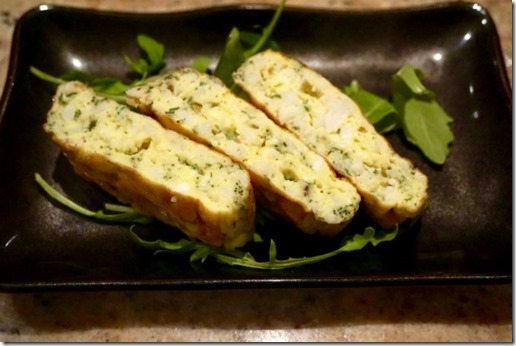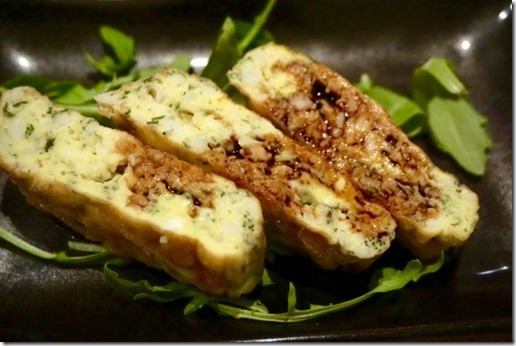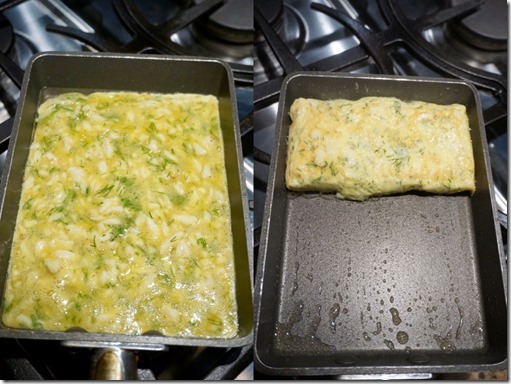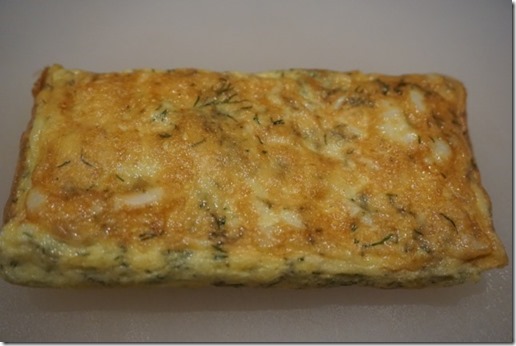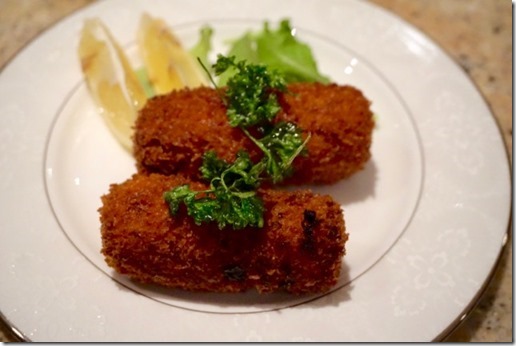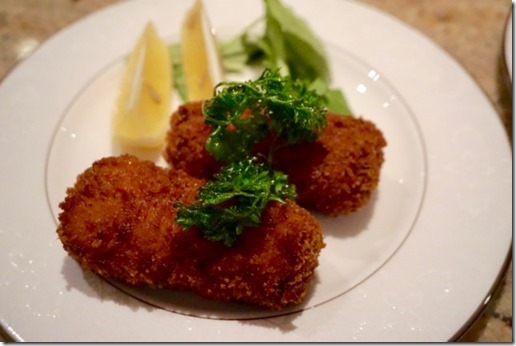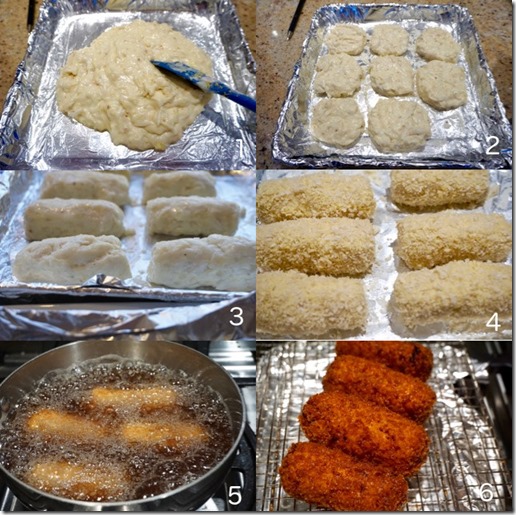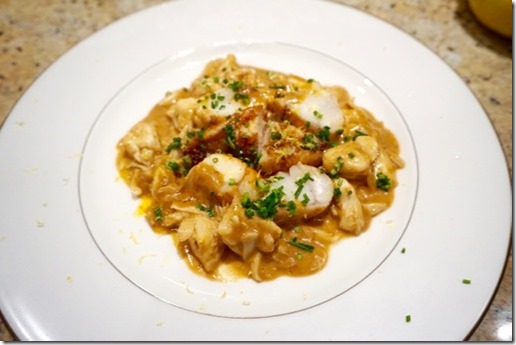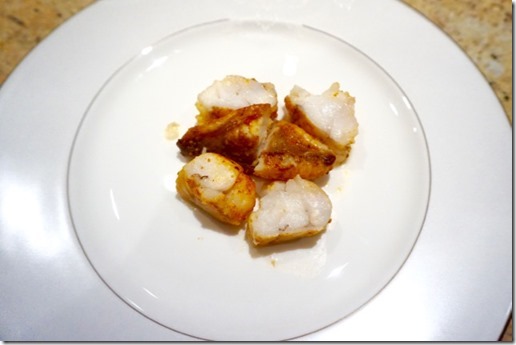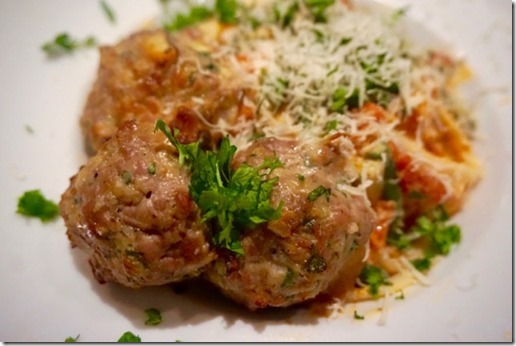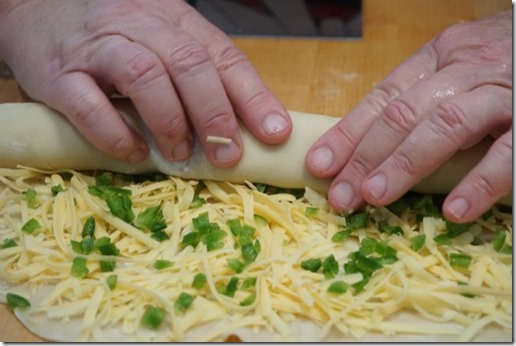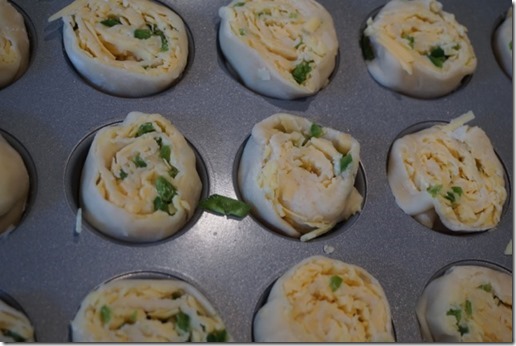Our Izakaya substitute Tako Grill moved to its new location some time ago. The new restaurant is somewhat smaller, without sake bar, than the old one but it is a nice brand-new space nicely decorated. The new location has its own parking lot. While parking is a bit more expensive, even after validation from Tako Grill, than parking on the street at the old place, it is so convenient. It is worth it not to have to jump up in the middle of the meal to go feed the 1 hour street parking meter so as not to get a ticket.
Mr. Segawa 瀬川さん has now started serving authentic yakitori 焼き鳥 cooked on a real charcoal grill (I keep forgetting to take pictures). Among the yakitori items, chicken liver or "reba" レバ and chicken meat ball or tsukune つくね are two standouts. We always have a great meal at Tako grill but the sashimi dishes we have had recently have been particularly outstanding. They have included a good variety of impeccably fresh fish prepared to highlight their best qualities. Here are some pictures of the assorted sashimi plates Chef Jose Calderon prepared for us.
Beside the usual toro トロ and ma-saba 真鯖 or chub mackerel, this evening geoduck or mirugaiミルガイ, sea urchin うに and octopus タコ (which was prepared at the restaurant) were excellent. The geoduck had a crisp crunch and fresh ocean taste; one of the best we've eaten.
This was another occasion featuring a similar line up in a different arrangement.
This evening, the scallops ホタテ were wonderful as well as the octopus and pacific saury さんま. And don't ignore the uni.
This was what we had on our most recent evening. The sumi-ika スミイカ or cuttle fish was by far the standout. As an example of how the fish is prepared to accent its best characteristics Chef Jose, did a slight shimofuri* 霜降りtreatment for the squid. As a result the squid had a nice firm texture but was not chewy and had a pleasant sweet flavor. The Japanese halfbeak or sayori サヨリ was also excellent. On the several occasions, we have had sayori fish at Tako, it has always been good. We particularly like the way they take the head and skeleton, which was used as decoration, and then deep fry it. With this preparation, we could eat everything including the head; it was like a crunchy potato chip with great flavor. After moving to the new location, the chance of getting a variety of excellent sashimi has improved and the restaurant is always seems to be crowded while we are there. We even witnessed a line forming at the entrance one evening.
*Shimofuri: Means "frosted" since the surface turns white and opaque like frost. This is done by dunking raw fish or meat into boiling water very briefly and then immediately cooling it down by soaking in ice water. This slightly cooks the surface the fish.
Disclaimer: The above sashimi assortments are not on the menu. It is a sort of "omakase" sashimi assortment and may not be always available.
Information:
Tako Grill
4915 Hampden Ln, Bethesda, MD 20824
301-652-7030








